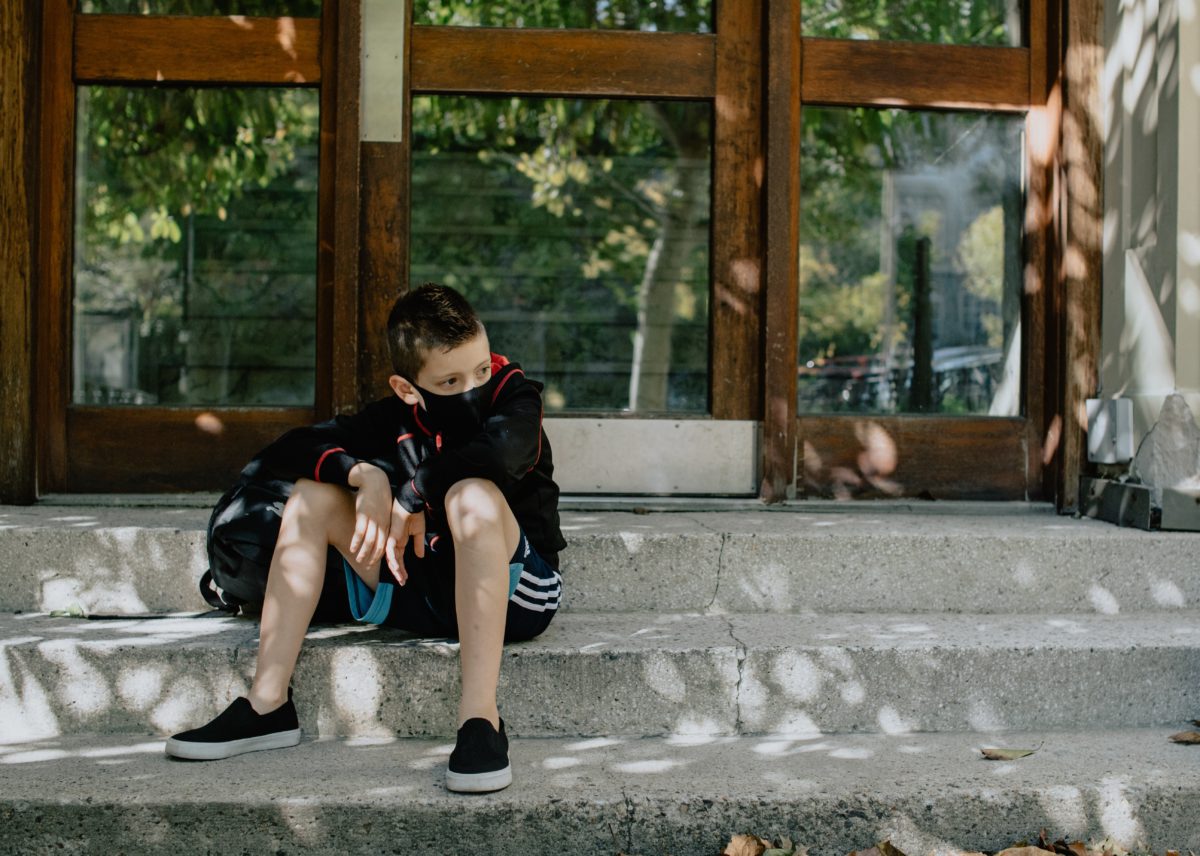
How Covid-19 Has Impacted The Already Strained Child Welfare System
By Aara Ramesh
Even before the Covid-19 pandemic, the child welfare system was rife with gaps that made children in foster care extra susceptible to abuse. Like with many other societal problems, however, the pandemic only worsened that situation on a number of fronts. In this piece, we take a look at some of the ways in which this might have happened.
On the one hand, a shocking number of children have been left without a primary caregiver as a result of the virus. The Centers for Disease Control and Prevention (CDC) termed this the “hidden pandemic,” with an estimated 119,000 children being left without a primary caregiver in the first 14 months of the pandemic in the U.S. alone. This is in addition to the 600,000 Americans who died as a direct result of contracting the virus.
This stark statistic likely affected both the number of children pushed into the welfare system (which in all probability rose), as well as the number of families able and willing to take in kids through fostering or adopting (which fell). In addition, many registered families had to grapple with possibly exposing their households to the Covid-19 virus, while authorities had to find a way to care for children within the system who may have caught the virus.
On another front, lockdowns and school closures have cut children off from non-caregiving adults who may have been able to spot signs of abuse or neglect. Typically, those adults that have the most frequent contact with children are the ones who are best suited and most likely to report suspected maltreatment or neglect. In 2018, over two-thirds of all referrals of maltreatment to Child Protective Services (CPS) agencies came from teachers, pediatricians, daycare providers, lawyers, police, etc. Around one-fifth came from teachers. Only 16.6% of child maltreatment reports came from nonprofessionals, i.e., friends, neighbors, and relatives.
Many states have witnessed a decline in the number of reported child maltreatment cases. This is not necessarily an indication that the number of incidents has reduced, but rather that there are now more barriers to reporting. In March 2020 alone, Wisconsin, Oregon, Pennsylvania, and Illinois noted that reports of child abuse fell by between 20% and 70%. Experts fear that cases now only come to light “once it’s too late and the child has been admitted to the hospital with serious or life-threatening injuries.”
Doctor visits have transitioned online as well, cutting off another avenue for abused children. Even caseworkers are less able to visit homes and conduct their inspections and assessments.
Similarly, foster families have faced increased economic hardship and potentially unemployment. Poorer individuals are more likely to be frontline/essential workers, meaning that they could not afford to work from home or take time off, thereby affecting their families. Parents who do work from home face the prospect of 24×7 childcare with limited support, training, and resources. Factors such as these compound existing fears over the virus, and only exacerbate stress, frustration, workload, and general burnout.
In the case of agencies, investigations and follow-ups have been compromised. According to the Brookings Institute, one of the gaps exposed by the pandemic is that the child welfare system is currently run by a mix of public agencies, private entities, and community-based organizations, leaving more cracks for cases of abuse to fall through. On top of this, differences in federal and state laws, as well as private organizations’ own rules, complicate matters further.
There have also been disruptions in child welfare hearings and legal proceedings due to court closures, which affects family reunification and adoption processes, throwing the future of children further into doubt.
All manner of professionals involved in the running of the child welfare system have had to contend with safety protocols, PPE requirements, mask and vaccine mandates, and individuals or families who may oppose any number of these factors. Many private and non-profit organizations dedicated to child welfare have been bankrupted or forced to shut down due to the economic downturn or a loss of funding.
On the other hand, many see the pandemic as an opportunity to restructure a system some describe as “reactionary,” with “few effective tools and little oversight.” The scope of CPS’ mandate is also extremely broad — ostensibly, their main target is to ensure the wellbeing of the child, but often the core of why family reunification may not be possible is much more complicated, down to “poverty, economic uncertainty, homelessness, substance use disorders,” etc. Dealing with such factors is often out of the purview of the individual caseworker.
As the Brookings Institute put it — the pandemic “has also called attention to a system that could benefit from fundamental changes. In the long-run, it is possible that this crisis could act as a catalyst that causes us to reevaluate child protection at its core – how we support and treat families who are deemed to be at-risk of child abuse and neglect, and how we reconcile child safety and protection with family support and preservation, while recognizing the importance of both.”